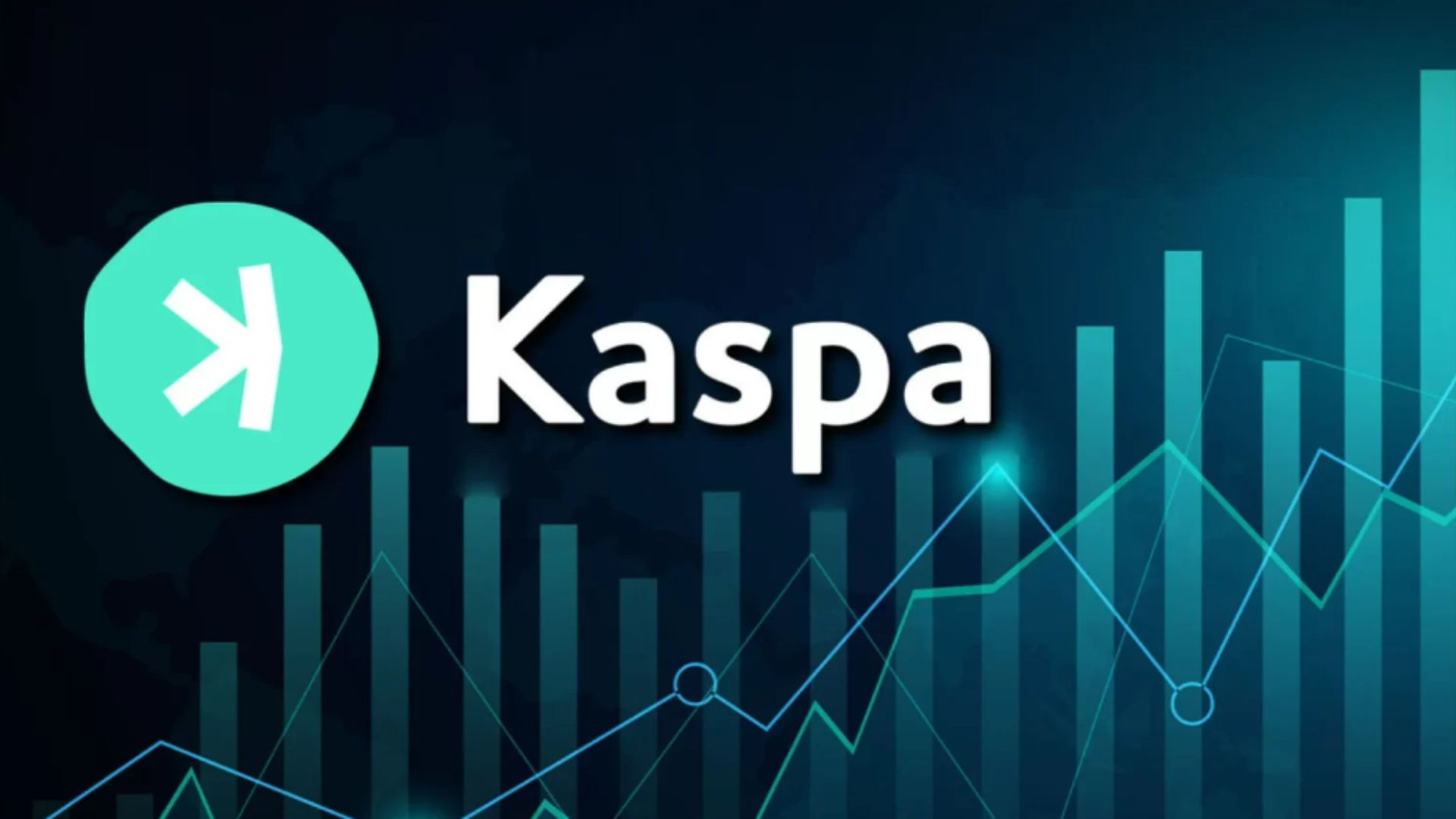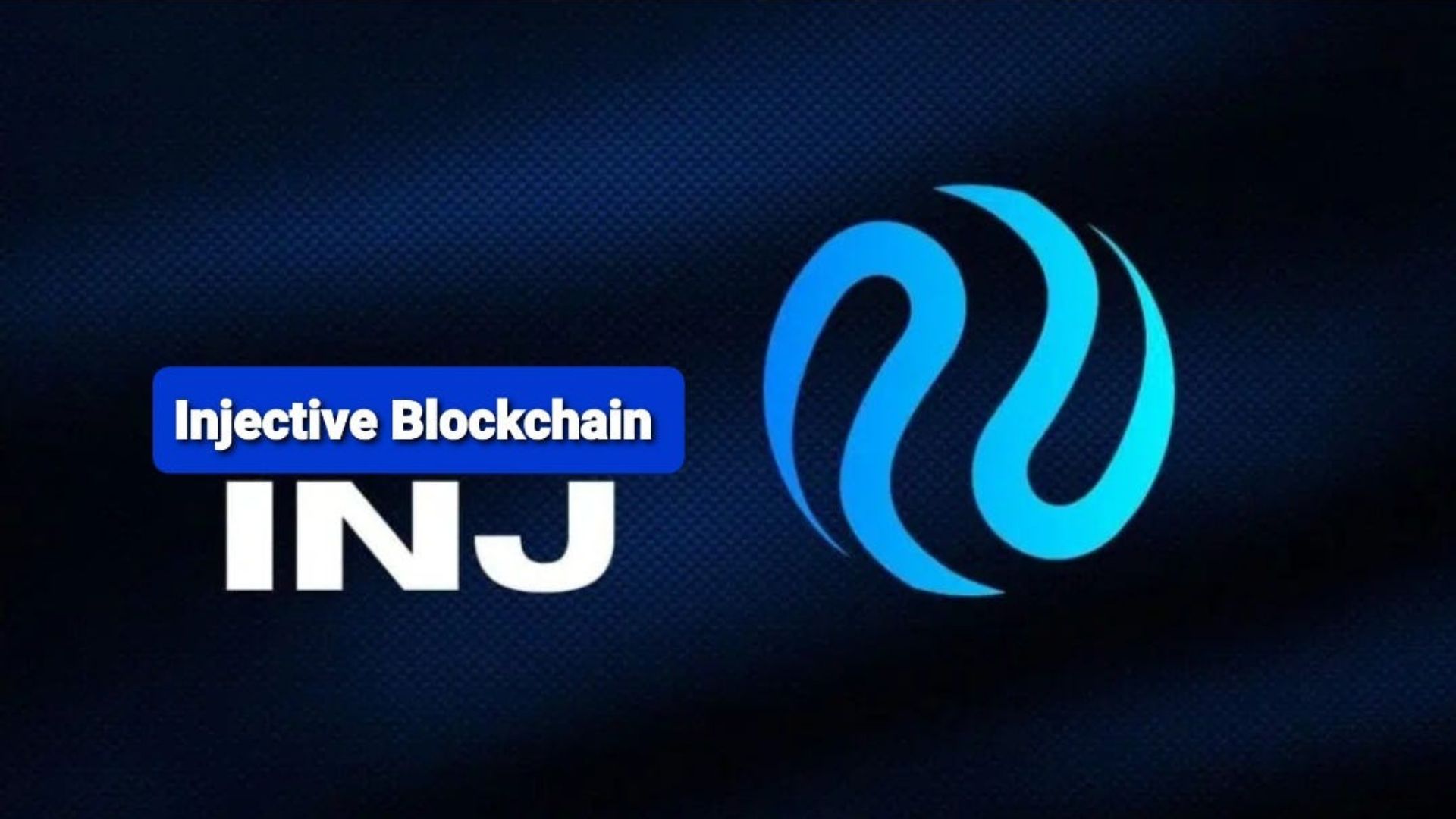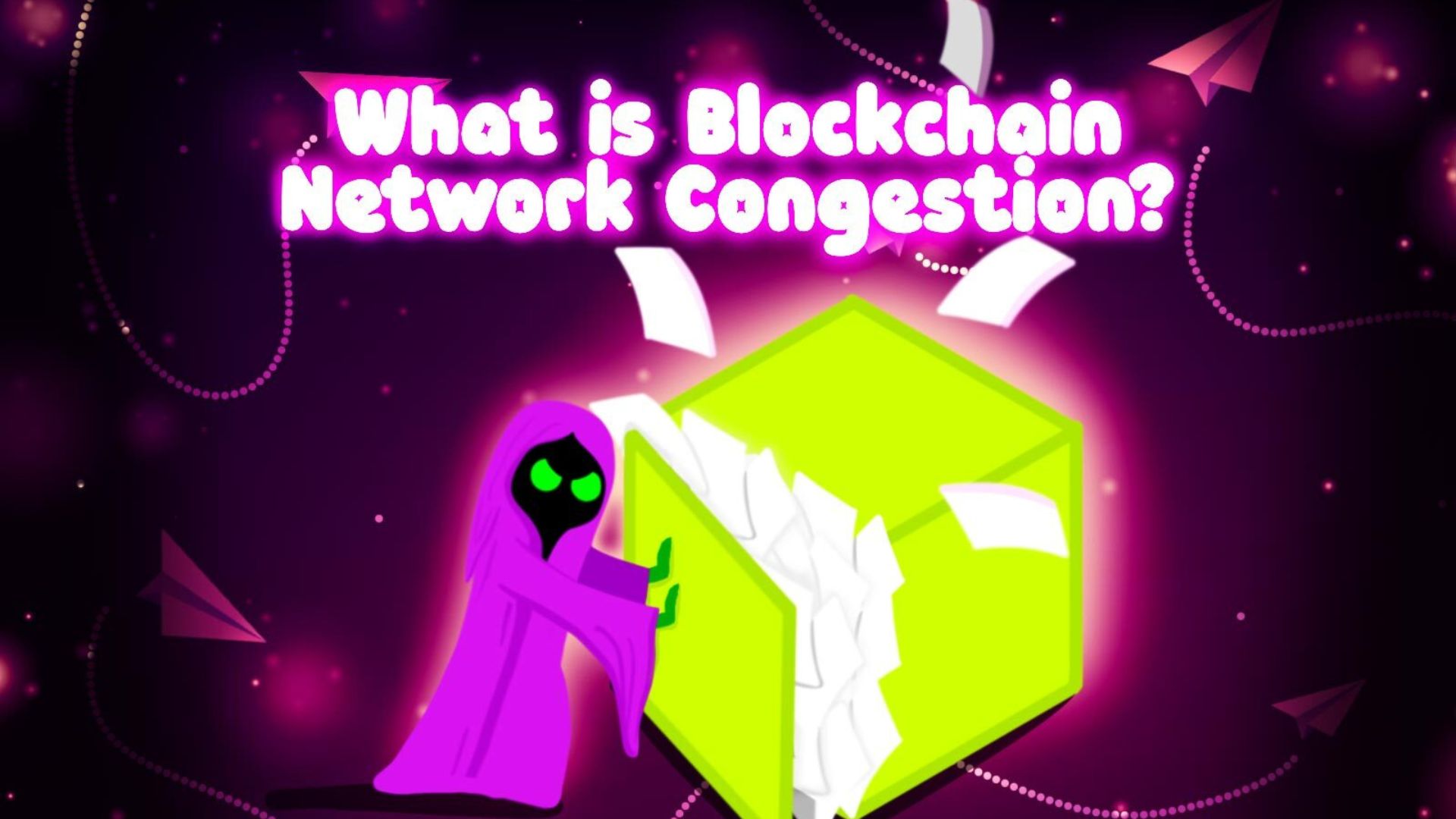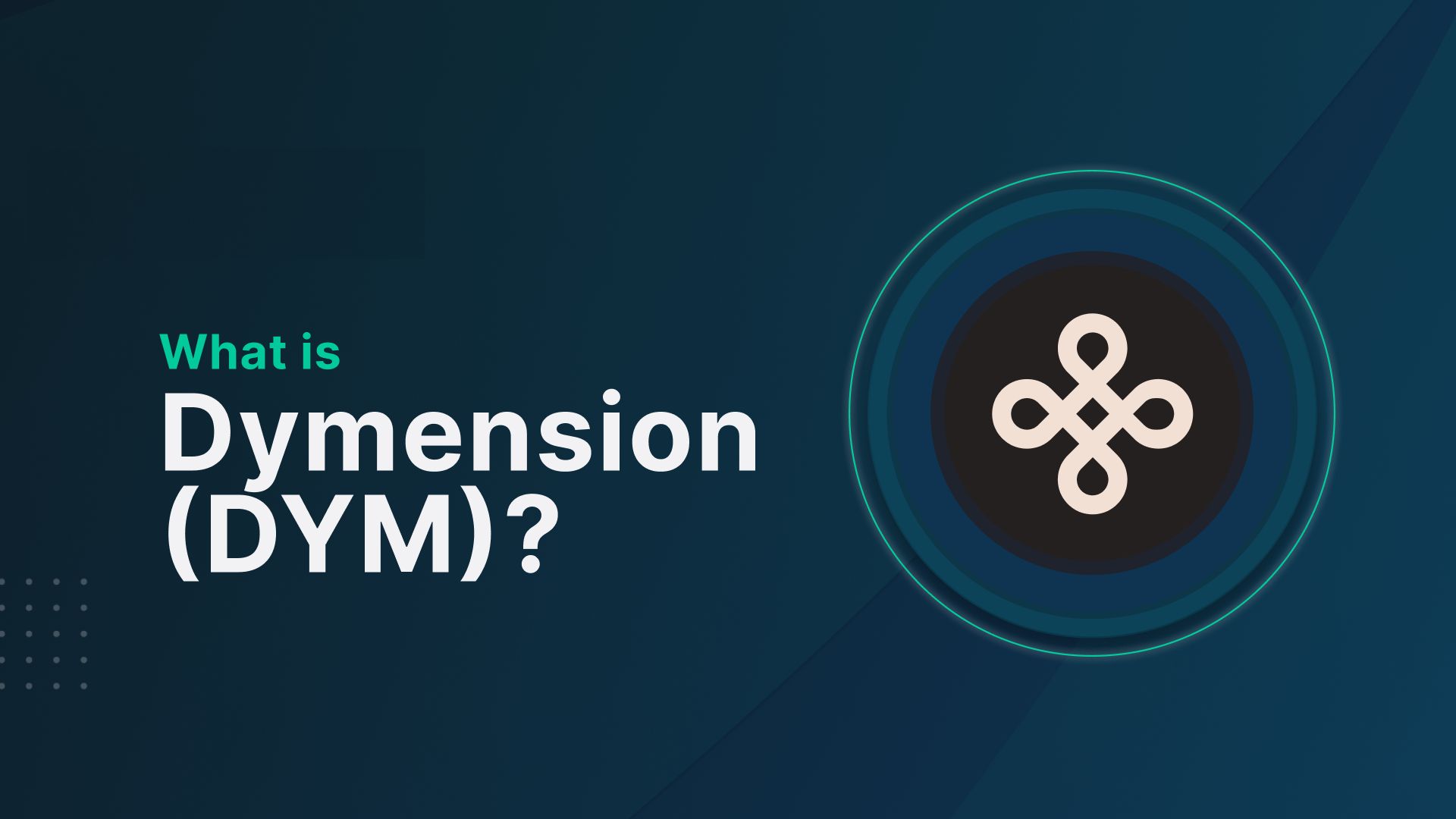Blockchain Environments: Testnet, Devnet, and Mainnet
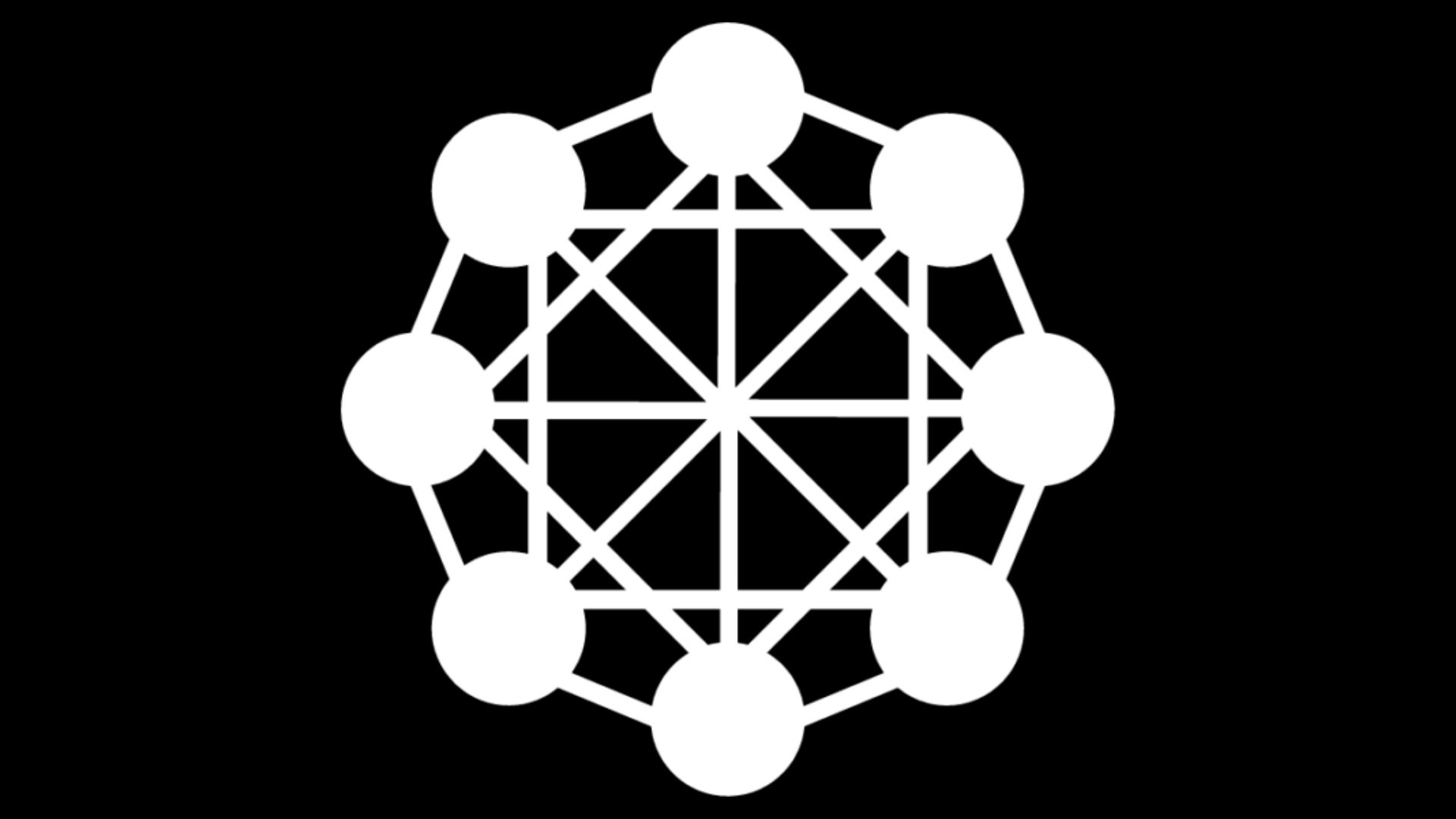
Blockchain Environments: Testnet, Devnet, and Mainnet. Most protocols’ mainnet, devnet, and testnet descriptors adequately describe their crucial development phases. At all times, the version of the blockchain accessible to the public is known as the mainnet. Before launching live coins, miners, and transactions on the mainnet, developers can test new ideas and build prototypes on testnets or devnets, essentially simulated versions of the mainnet. When building decentralized apps (dApps), validating smart contracts, issuing new currencies, and much more, blockchain devnets and testnets can be invaluable to the blockchain mainnets they support.
Blockchain Mainnet Technology and Web 3.0
A client-server architecture is the backbone of the Web 2.0 ecosystem. Information is made available through central servers that act as data repositories in this network design. Desktops, laptops, and other mobile devices are examples of “client” machines that consumers use to access server data when using the internet. When a client requests, the server provides what it wants in a readily readable manner, much like a web page. Even though this system enables vital online operations, experts contend that Web 2.0 data structures’ centralized character has increased chances of:
-
Foster single points of failure (which, in the event of malfunctions, could threaten the health of the internet)
-
Attract the attention of hackers by creating a single vector for compromising network security.
-
Reduce privacy due to surveillance from centralized systems
-
Discourage open access to data due to the outsized control of centralized gatekeepers
However, Web 3.0 blockchain mainnets use a distributed network of nodes and independent computers that must agree to verify network transactions. Blockchain networks are less prone to single-entity failures by decentralizing power. Despite the perception that blockchain technology primarily applies to digital assets, many companies construct decentralized networks for data-intensive industries like healthcare, real estate, and law. While blockchain technology is gaining popularity, the long-term enterprise viability of blockchain-based decentralized arrangements in such sectors is questionable.
Different protocols may also have additional stages for developing blockchains; for instance, Ethereum development differs from EOSIO development and Binance Smart Chain deployment. These platforms’ coding languages, consensus techniques, and system designs might vary considerably. Despite these disputes, the blockchain industry is expanding and improving interoperability standards and collaborating across blockchain systems. Developing a blockchain has three distinct stages: development, test, and mainnet.
What Is a Blockchain Mainnet?

“Blockchain mainnet” refers to the live, core protocol of the blockchain. All transactions that take place on the mainnet are recorded on the distributed ledger and use the native coin of the network. Ethereum and Bitcoin are examples of open-source blockchain systems that aim to facilitate verified, real-world commercial transactions. Miners verify these transactions and get block rewards on Proof-of-Work blockchain networks. Stakers validate transactions on Proof-of-Stake blockchain mainnets according to their network stake and receive transaction fees.
What Is a Blockchain Testnet?
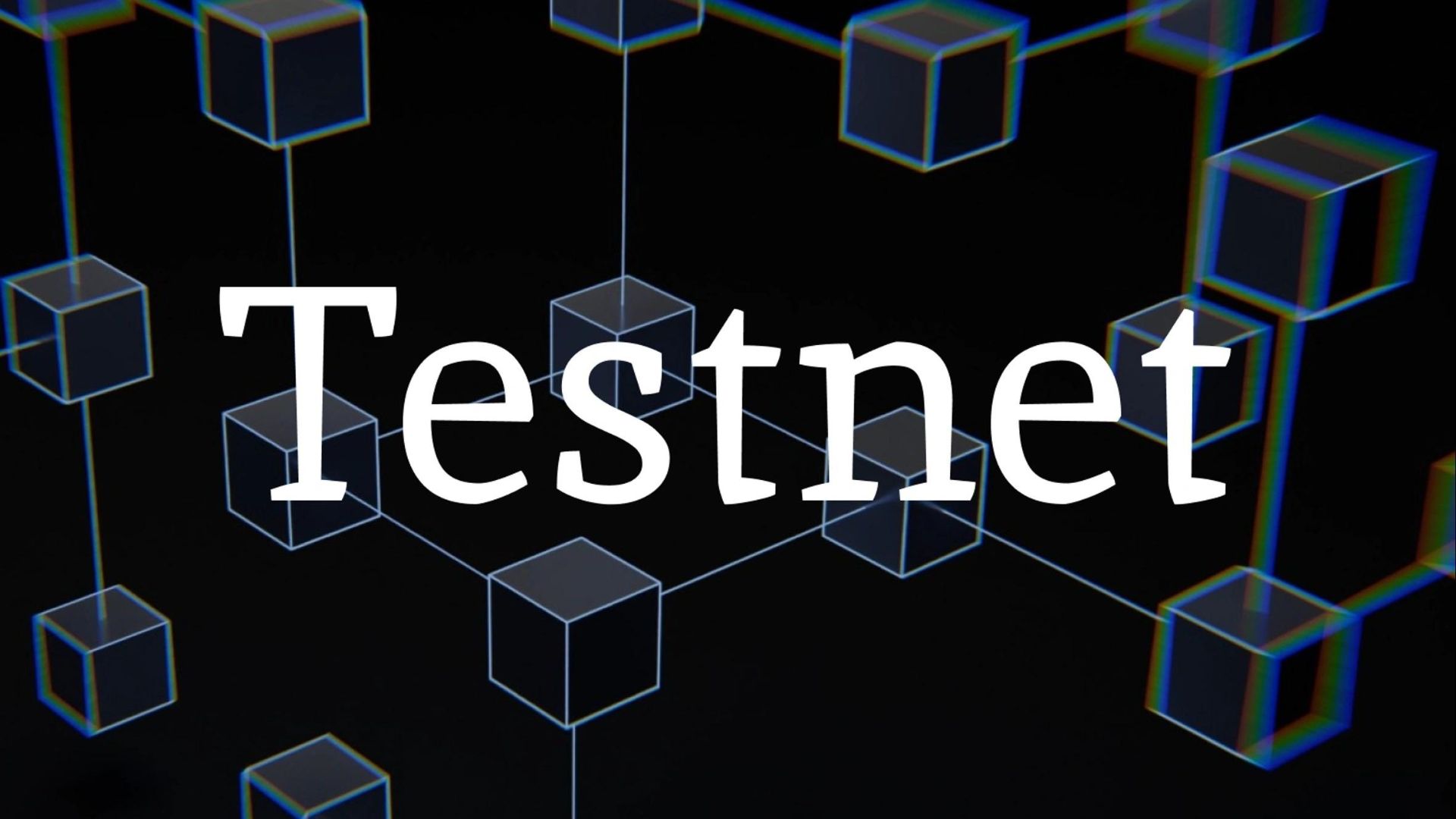
Nodes consented to cooperate on a decentralized basis outside the leading network that makes up the blockchain test network, also known as testnet. For instance, Ethereum’s five testnets—Rinkeby, Kovan, Sokol, Görli, and Ropsten—serve different objectives and have different programming settings. Using the same hardware and software, blockchain testnets provide the same features as the live protocol.
To be clear, testnet transactions are entirely hypothetical, unlike mainnet ones; the cryptocurrency has no “real” value outside the testnet setting. This allows experimenters and developers to verify a system’s functionality by conducting transactions without risking money on the mainnet. This dynamic gives us the perfect setting to test dApps and smart contracts. Blockchain Environments: Before releasing a project to the mainnet, developers can use the testnet simulation as a sandbox to make incremental improvements to the live version.
However, these advantages aren’t without risk because many testnet cryptocurrencies are “worthless” and might put users in danger. A replay attack happens when a legitimate transaction on one blockchain is fraudulently or deliberately replicated on another, for example, when funds are double-spent between a testnet and mainnet. This kind of attack becomes less successful as blockchain networks get more complex. In addition, some scammers will attempt to sell testnet cryptocurrency while it is still in its “real” mainnet form. Knowing the fundamentals of the blockchain’s technical architecture can help you navigate the testnet environment.
Many users opt for “faucets” instead of mining testnet coins to save time and money, even if some Proof-of-Work blockchain technologies enable it. People or businesses offering these online services typically have extra testnet coins they’re happy to give out, frequently at no cost.
What Is a Devnet? Blockchain Development Network
The devnet, or development network, functions similarly to the testnet in that it is separate from the mainnet. Some blockchain protocols distinguish between a devnet and a testnet depending on their intended function, though not all do. According to the Solana protocol, the devnet serves as a “playground” where users can experiment with the protocol in various roles, such as blockchain user, token holder, app developer, or network validator. The Solana blockchain testnet, on the other hand, is a place where new releases may be stress-tested to see how they handle network stability, performance, and validator behavior.
There is no “real” value to devnet bitcoin, as there is in most testnet situations, and devnet transactions are easier on the computer than mainnet ones. To get currencies for devnet blockchains, users can use faucet services or mine bitcoin. On the other hand, to speed up the stress-testing process, some protocols hold airdrops to attract developers. But blockchain devnets could be vulnerable to the same security issues that affect testnets. In light of this, consumers should be wary of buying “worthless” devnet assets when they mean to purchase mainnet assets.
Blockchain Environments
While other blockchain protocols may use and mention alternative environments or stages, the testnet, devnet, and mainnet descriptors adequately describe the main stages of development for most protocols. The terms testnet and devnet frequently appear to mean the same thing. However, some subtle distinctions between them make them distinct. The active, publicly accessible version of the more extensive network is always the blockchain mainnet. Blockchain mainnets benefit greatly from testnet and devnet networks, which are used for various purposes, such as constructing decentralized apps (dApps), validating intelligent contracts, and creating new tokens.
